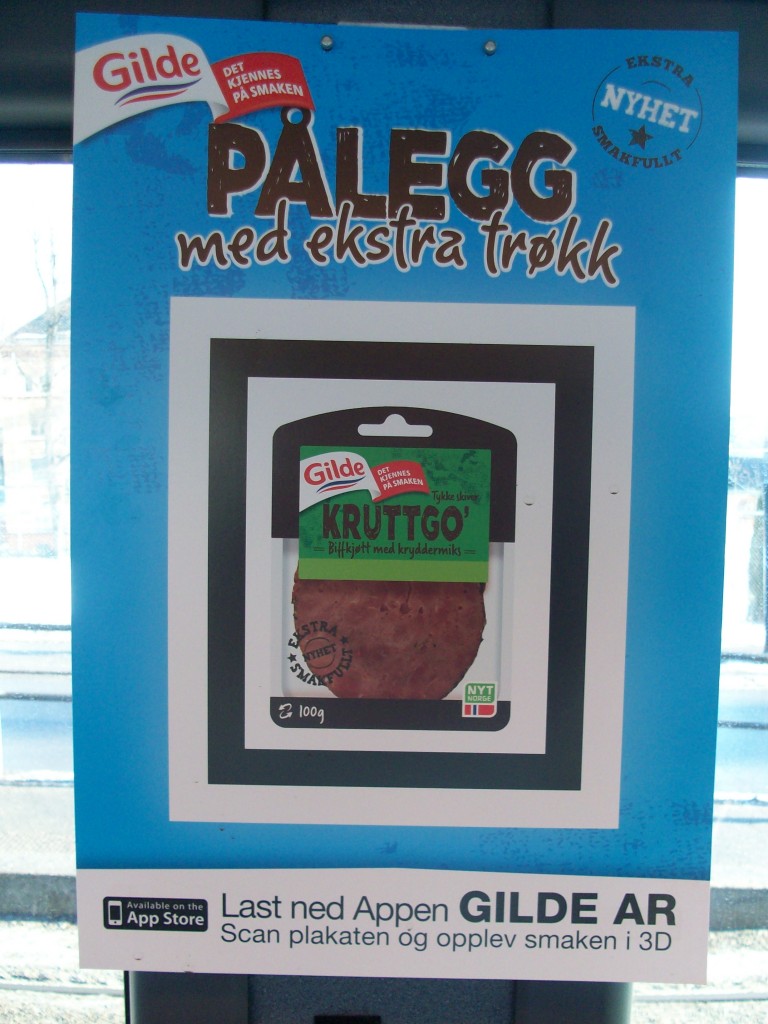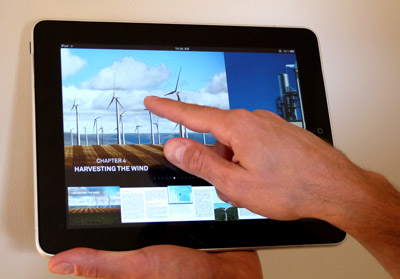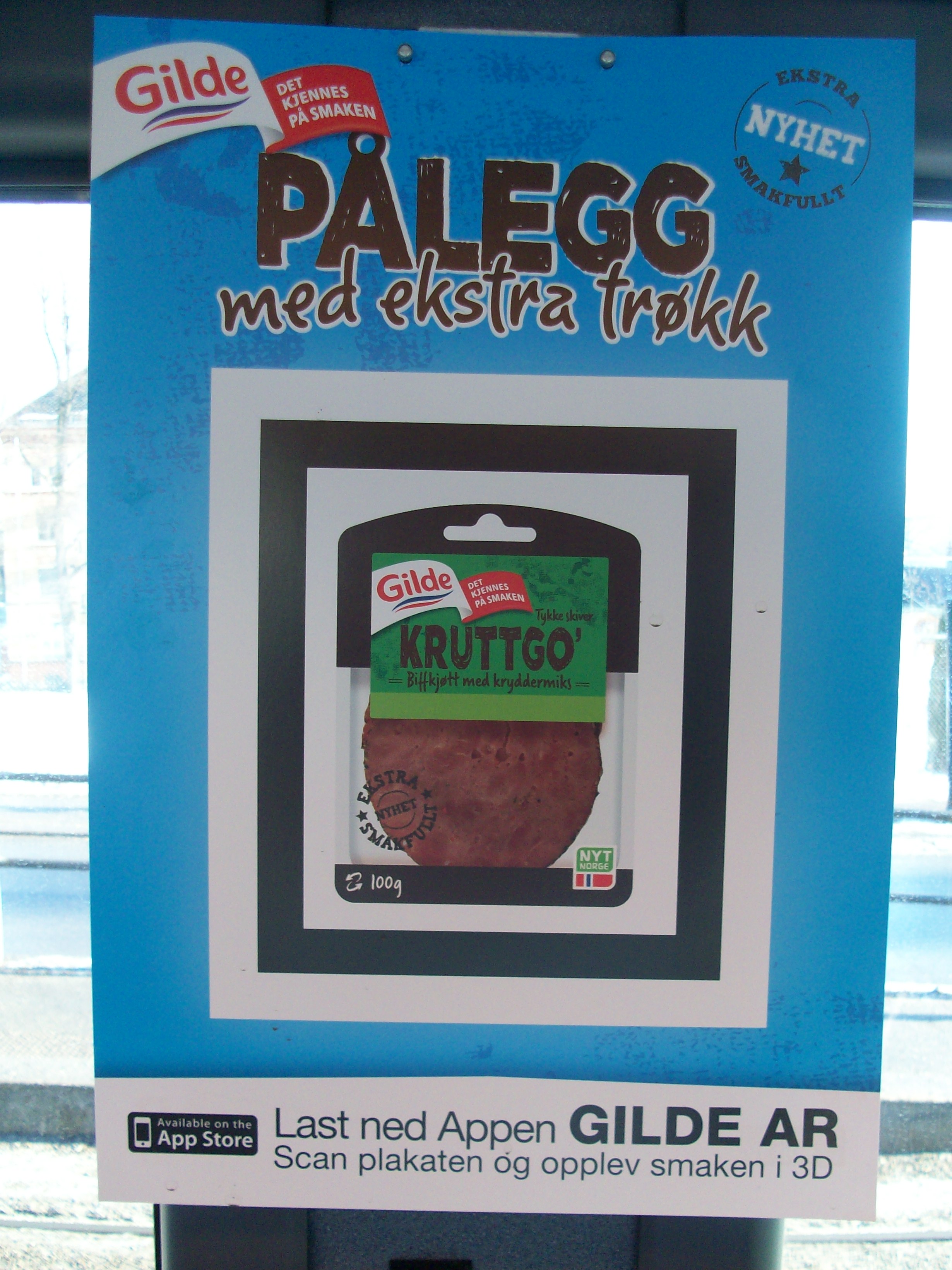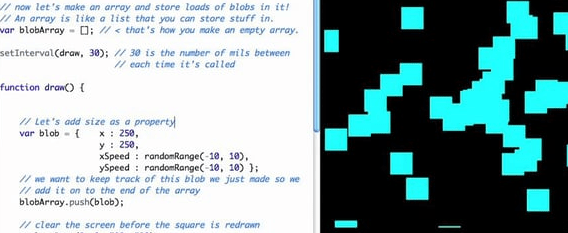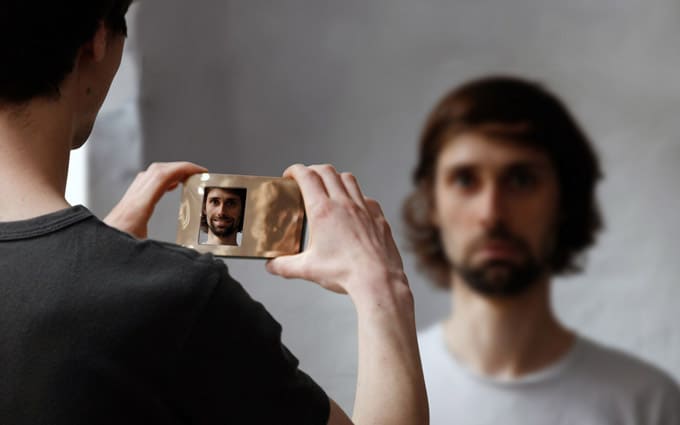” If you’re a young person setting off to realize a vision, or an old person setting off to fund one, I really want it to be something worthwhile. Something that genuinely improves how we interact” -Bret Victor
Improvement is not more of the same that is out there. To improve we have to stop and reflect. We have to detect patterns and observe behaviors and detect those little things that frustrate us, or those little things that are so invisible we take for granted (and are invisible because they work well). Sometimes, to improve we have to look back and go on an unexplored path.
A Brief Rant on the Future of Interaction Design is a post by Bret Victor, in which he makes a critique on how a majority of people approach interaction design, and to a greater extent, the future and technology. Victor analizes how on a lot of post-produced videos the “future” interactions with technology are reduced to screens and a finger. Why reduce our touch, one of our most distinctive and human aspect that differentiate us (our literal digital imprint), to a single finger in a limited gesture/movement?
In future (and current) user scenarios, the interaction takes place like this: a finger scrolling. Maybe the hand mimicking a “passing of page” movement, but it stops at that.
He then stops and asks: why just a finger to connect, to interact, when we have the whole hand and the way we grasp objects, feel weight, shape, temperature, etc. (a lot of information)?
I think this observation is important not only for the mere sake of ergonomics, R&D or prototyping, but for stopping, reflecting and going on a direction not so explored. A direction that has more common sense.
This mindset can also be used to reflect and question the approach we give to interactivity: more of the flashy gimmicks, or actually addressing the core (the story, the idea, the presence) of what the interaction is all about? I would rather do the latter.
It struck me too when I saw this (image below) on the train, and couldn’t help but cringe a bit on the band-waggoning of Apps and AR used just because “everyone else is doing it” but without really saying something:
Hey, they even put the bacon bait in it! I did a little case study on this whole AR Gilde campaign, that I will post further on. But for now, it suffices to say that sometimes the latest technology won’t help when we don’t have something to say.
But back again to Bret’s rant. When we engage or interact with something, we are making connections. These connections are made with the “real” world (in a coloquial sense), and the thing we are doing, and the thing we are doing it to, or with. Maybe these connections are less visual (glassy screens, and eyecandy) and are more tactile, spatial, or psychological. These ways of engaging (like the grasping-hands Victor shows) with the world are being less explored in what is commonly refered to as “interaction design”.
/rant: why are most interaction design books about some sort of technology/computer? Are there any that talk about how the way we gather around the table to talk influence us? Or handshakes, cultural cues and just “common sense” behavior, and are catalogued also as interaction, and not just cultural/sociological studies? If you find it, please let me know! /rant
Taking it one step further, Bret Victor asks: With an entire body at your command, do you seriously think the Future Of Interaction should be a single finger? Quite an awesome question, considering what I’ve learned (and stared at, like the picture below) from Lise Hansen and her research and work with the body as the interface.
First three images in this post by Bret Victor. —–>His rant <—–

